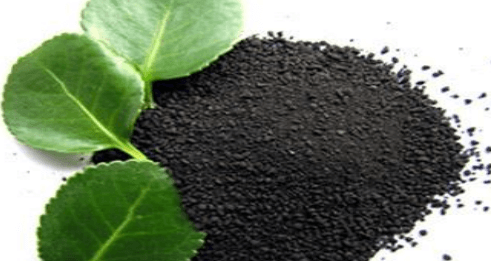0102030405
Instruction and Benefits about Humic Acid
2024-03-29 13:35:37
Humus is a dark-brown, amorphous, polydispersed organic substance with a high molecular weight that is hard degraded. It is formed from the physical, chemical, and microbial decomposition and transformation of animal and plant remains. Therefore, it exists in large quantities in soil, peat, lignite, water and sediment. The main active ingredients in humus are humic acid and fulvic acid, and contain a small amount of humin. Since humic acid is soluble in alkali but not in acid, fulvic acid is soluble in acid and alkali, and humus is insoluble in acid and alkali, and HM is insoluble in acid and alkali. , so they can be separated and purified to a certain extent through solubility. Humic acid is a macromolecular organic acid composed of aromatic and various reactive functional groups. It has high reactivity and is widely used in agriculture, medicine and Environmental protection and other fields.


Humic acid has complex and diverse structures. Due to its different structures, it has a variety of functions and effects. First of all, the structure of humic acid determines that it has good hydrophilicity. There are a large number of hydroxyl, carboxyl and other functional groups in the humic acid molecule. , allowing it to hydrogen bond with water molecules to form a solution. This hydrophilicity enables humic acid to promote the agglomeration and aggregation of soil particles, increase the structural stability of the soil, and improve the water permeability and water retention of the soil.
Secondly, humic acid has good complexing ability. Functional groups such as carboxyl and phenolic hydroxyl groups in humic acid molecules can form complexes with metal ions. This complexation can change the activity and solubility of metal ions in the soil and reduce the dispersion of metals. Toxicity. At the same time, the complexation of humic acid can also promote the release and supply of nutrients, improve soil fertility, and promote the growth and development of plants. In addition, humic acid also has good ion exchange capabilities. The surface of humic acid molecules carries a large number of Negative charges can cause ion exchange reactions with cations. This ion exchange can increase the ion exchange capacity of the soil and improve the fertility and nutrient retention capacity of the soil. Humic acid can also adsorb and desorb plant nutrients and regulate the concentration of nutrients in the soil. Effectiveness and availability. Finally, humic acid also has good adsorption capacity. Due to the rich aromatic rings and a large number of functional groups in its molecular structure, humic acid can adsorb organic and inorganic substances. The adsorption of humic acid can reduce soil Neutralize the toxicity of harmful substances and reduce the migration and diffusion of pollutants. At the same time, humic acid can also absorb and stabilize nutrients and water in the soil, reducing nutrient loss and water evaporation.
In summary, the structural properties of humic acids are closely related to their functions. The structure of humic acids determines that they have good hydrophilicity, complexing ability, ion exchange ability and adsorption capacity. These functions make humic acids useful in soil and water bodies. It plays an important ecological and environmental role and is of great significance for maintaining soil health and ecological balance.












